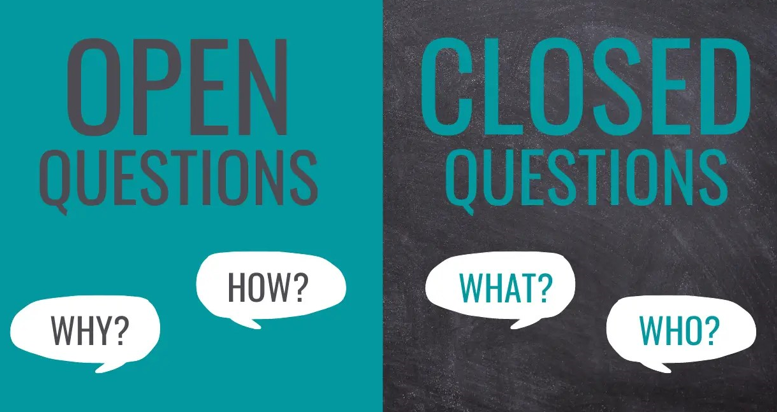Open Vs Closed Questions
A useful questioning technique to help ensure you get all of the required information is to use open questions. Open questions give the customer the opportunity to expand, whilst closed questions only require a one word or short answer such as "yes" or "no". You should use open questions as much as possible when you are trying to gather information and identify what is wrong with a customer and then use closed questions to clarify the customer's answers or to get more specific detail.
Open questions usually start with who, what, why, when, which and how. They can also ask for the customer’s opinion or feelings. Using an instruction such as "tell me" or "describe" are also useful, although generally, but not necessarily, lead to one of the words listed above, for example, "describe when" or "tell me how".
Examples of open questions that may be used in a pharmacy are:
- How are you feeling?
- Describe your symptoms to me.
- Tell me about any other treatments you have used.
- How well did the treatment work?

Closed questions usually test someone's knowledge or understanding and can be useful if you want to ensure a customer has understood what you have said to them. They are also very good when a conversation has come to its end.
Examples of closed questions that may be used in a pharmacy are:
- Have you used this product before?
- Is this product for you?
- Did the treatment work?
If you use closed questions too often it will take you longer to gather all of the required information and it could cause annoyance to the customer, or other customers waiting, as they may feel they are being grilled. Whereas open questions allow a conversation to flow and the customer may provide some of the required information without the need for you to ask.

